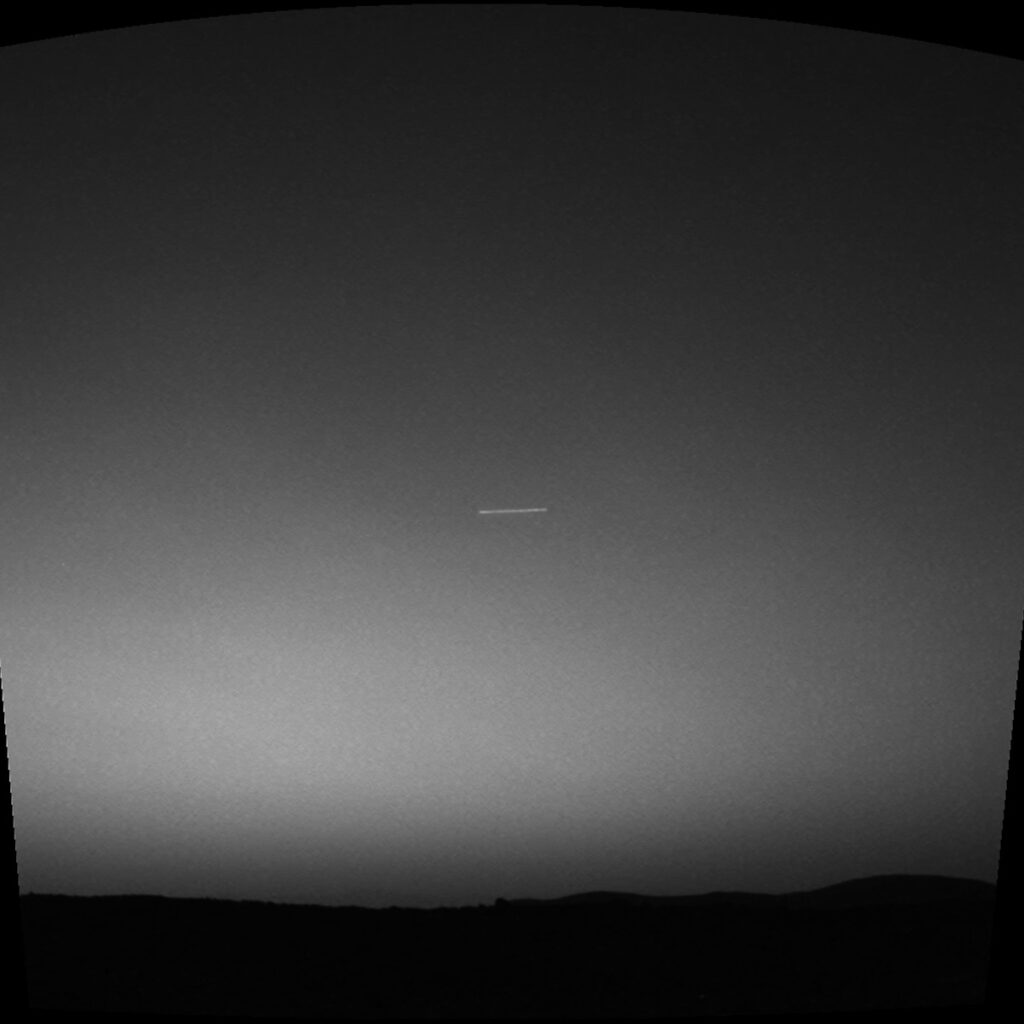Last Reviewed and Updated on August 18, 2022
Have you ever made a wish upon the shooting star? This wonderful astronomic phenomenon can be observed in the night sky, even multiple times a night if you are at a great location to observe them. Learn more about them by reading through this list of interesting facts about shooting stars.

1. Shooting stars are meteoroids burning up as they enter the atmosphere
Shooting stars are not stars at all they are meteors. And meteors are what we call meteoroids that enter the atmosphere of Earth (or another planet) at high speeds and burn up.
Most completely burn up in the atmosphere.
2. Millions of shooting stars occur in Earth’s atmosphere daily
Observing a shooting star isn’t all that common, so you might be surprised to read there are millions of shooting stars occurring in Earth’s atmosphere daily. They enter the atmosphere day and night. You don’t see them for the same reason you don’t see many of the stars in the night sky; your view is obstructed by artificial lights, natural sources of light (like the Moon shining), unclear sky, and even pollution.
3. The length of the tail mostly depends on your viewing angle
You won’t see the tail if the shooting star is falling straight at you, but if it’s flying across you, the tail may be long.

4. You can see shooting stars that are as small as a grain of sand
One of the most fun facts about shooting stars is their size. You may think shooting stars are large to be seen, and indeed they can be, but most visible shooting stars are caused by particles that can be as small as a grain of sand or a small pebble.
5. Shooting stars were once believed to be an atmospheric phenomenon much like lightning
Shooting stars have been observed by humans throughout history, but they weren’t always seen as an astronomical phenomenon. In the West, prior to the nineteenth century, they were seen as an atmospheric phenomenon much like lightning.
6. Earth isn’t the only planet with shooting stars
All planets that have an atmosphere can have shooting stars. We haven’t observed many with tails on other planets yet, though.

7. People have been wishing upon shooting stars for ages
While we don’t know for certain, it is believed this tradition has its roots in ancient Greece.
The legend goes that making a wish when you see a shooting star will make the wish come true. While sadly, this isn’t true, it’s still a fun tradition and a common custom.
8. They come in many colors
The light produced by shooting stars can vary depending on the composition and the speed of its movement through the atmosphere. The colors you can see are; orange-yellow, yellow, blue-green, violet, or red.
9. They can make sounds too
Shooting stars are able to create sound waves as they enter and pass through the atmosphere.
10. There is a season for watching shooting stars
Well, there are quite a few. You can observe annual meteor showers, with the best one happening in August. The Perseids meteor shower has its peak time in the middle of August; your chances of observing multiple shooting stars are the best at this time.

Anisa-Marie Anisa-Marie
Friday 3rd of March 2023
stars
Anisa-Marie Anisa-Marie
Friday 3rd of March 2023
This tells me a lot of facts except that if you wish upon a star it will come true I already know it's not true however, I did not know that they were not called shooting S tars. This website taught me that there are also shooting Stars that come in August, on the other hand, I did not know they also appeared around other planets such as Mars. Thank you, yours sensirly, Anisa-Marie